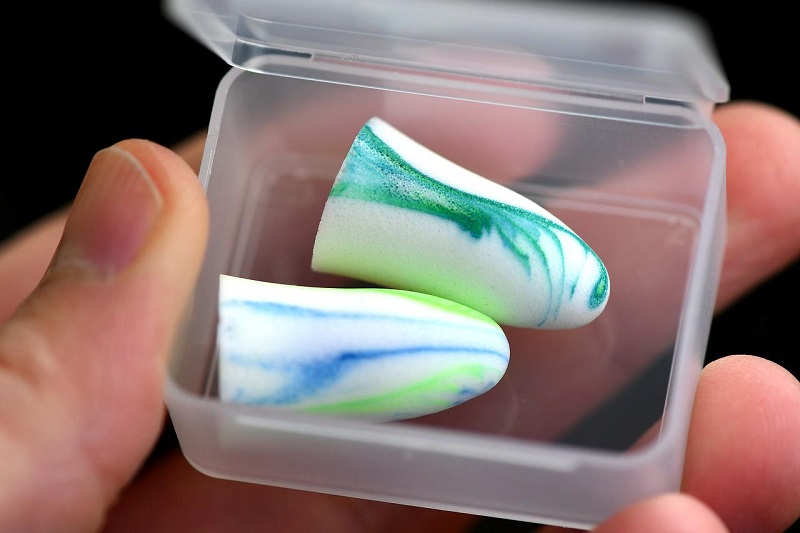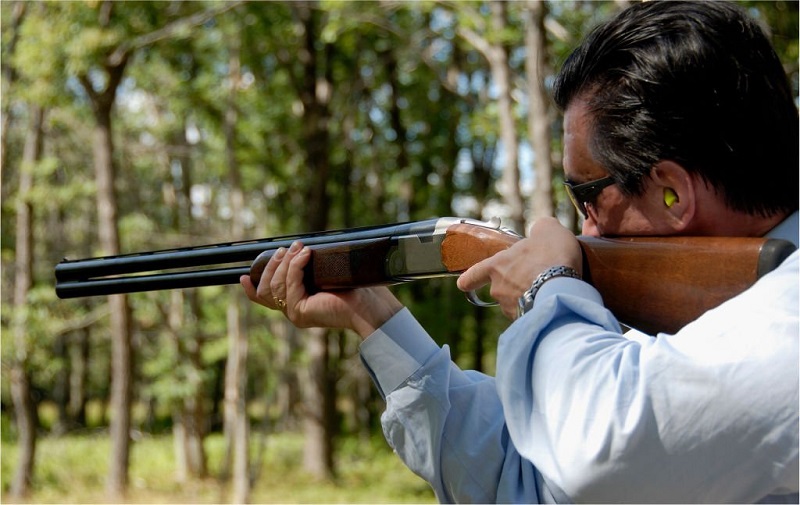Shooting, whether for sport, hunting, or defense, can be thrilling. Yet, it has one significant downside - the potential for hearing damage. The deafening noise of a gunshot can lead to temporary or even permanent hearing loss. This is where ear protection for shooting comes into play. But with a myriad of options available, choosing the right hearing protection can be confusing. This article serves as your comprehensive guide to understanding and selecting the best ear protection for shooting.
Understanding the Need for Ear Protection for Shooting:
A single gunshot can produce sound levels as high as 140 decibels (dB). Exposure to such high levels of noise can cause instant and irreversible hearing damage. However, by using quality ear protection for shooting, you can significantly reduce the risk of hearing loss. Both indoor shooting and outdoor shooting require ear protection, but indoor ranges typically have higher sound levels due to the confined space.

Exploring the Types of Hearing Protection:
There are two primary types of hearing protection - ear plugs and ear muffs. Shooting ear plugs are inserted directly into the ear canal, providing a direct barrier against noise. They are lightweight, easy to carry, and effective when used correctly. However, they may not provide enough protection for very loud firearms or indoor shooting.
Ear muffs, on the other hand, are worn over the ears. There are two types of ear muffs - passive ear muffs and electronic ear muffs. Passive ear muffs block out all noise, while electronic ear muffs use advanced technology to block harmful noise levels but allow safe sounds, like conversation, to pass through.
Decoding the Noise Reduction Rating (NRR):
When selecting ear protection for shooting, it's essential to understand the Noise Reduction Rating (NRR). The NRR is a measure of how effectively a hearing protection device reduces noise exposure. The higher the NRR, the greater the noise reduction. For shooting, it is recommended to use protection with an NRR of at least 20.
Best Practices for Using Ear Protection:
Ear protection for shooting is only effective if used correctly. Make sure to properly insert or wear the device, and replace it as recommended by the manufacturer. It's also a good idea to use a combination of ear plugs and ear muffs for maximum protection, especially in high noise environments like indoor shooting ranges.
Top Picks for Ear Protection for Shooting:
With a myriad of options available, choosing the best ear protection can be daunting. Here are some top picks:
- Howard Leight by Honeywell Impact Pro High Noise Reduction Rating Sound Amplification Electronic Shooting Earmuff: Known for its high NRR and quality sound amplification.
- SureFire EP4 Sonic Defenders Plus: These ear plugs are praised for their comfort and effectiveness.
- Peltor Sport Tactical 500 Smart Electronic Hearing Protector: This electronic ear muff offers Bluetooth connectivity and adaptive frequency response.

Conclusion:
Shooting can be an adrenaline-filled activity, but without the right ear protection for shooting, it can also be detrimental to your hearing. By understanding the importance of ear protection, the types of devices available, and their NRR, you can ensure you're making an informed decision. Remember, optimal ear protection is all about muffled shots and preserved hearing. So, pick wisely and never compromise on your hearing health.
Comments
Post a Comment